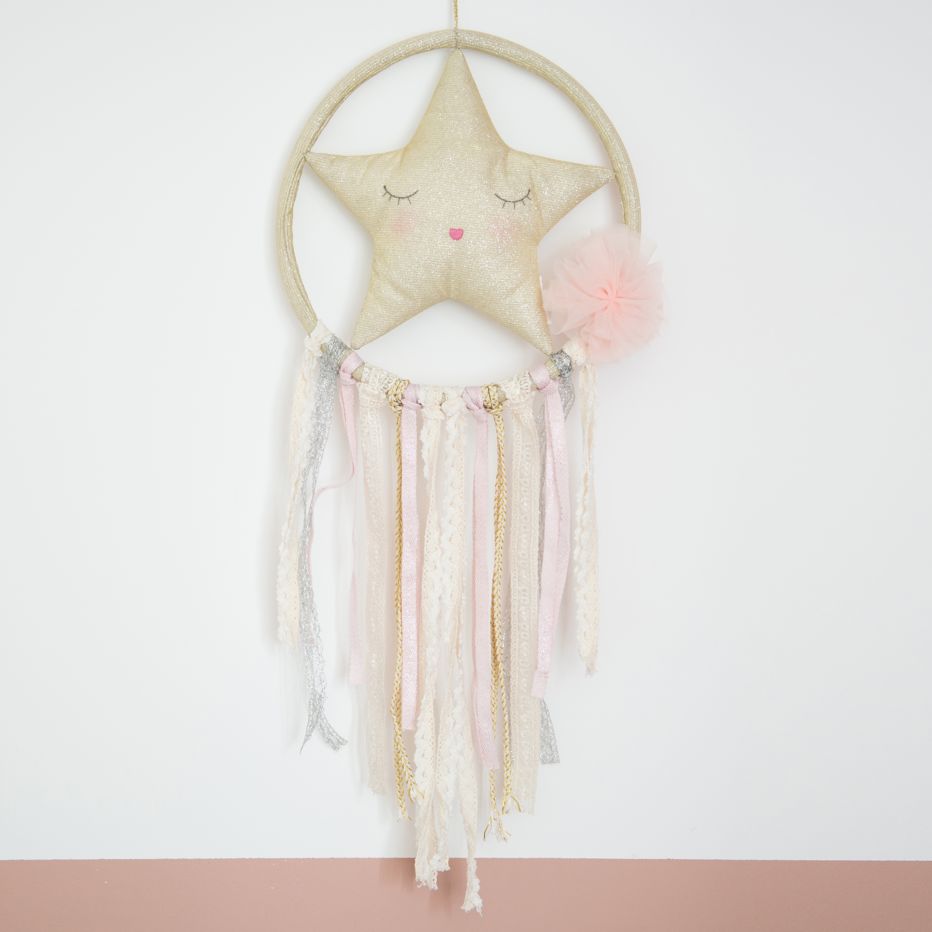Dreamchaser
Dream Catcher Kpop
On this basic Dream Catcher shown in Figure 9, people are adding a variety of decorations. The original design used a small feather hanging from the bottom of the hoop or from the center of the web. A bead was included in the weave of the web somewhere halfway or close to the center. Dream catchers are considered as a symbol of oneness among numerous indigenous cultures and regions. It is also seen to be a general indication of Native American identity. In a different perspective, some Native Americans see dream catchers to be misused and offensively exploited by non-Native Americans. History & Origin of the Dream Catcher.
Maksud Dream Catchers


Arti Tato Dream Catcher
Dreamchaser is the eleventh studio album by English singer and songwriter Sarah Brightman. This album is Brightman's first collaboration with producer Mike Hedges and centres on the concept of space. The offering was inspired by Brightman's decision to become the first singer in outer space, as she intended to launch on a orbital spaceflight mission to the International Space Station (ISS) in partnership with Space Adventures, Ltd., a private space experiences company. Nevertheless, on March of 2015 it was announced that Brightman had postponed the flight due to personal reasons.It was released in Japan on 16 January 2013 and in the United Kingdom and United States on 8 April 2013 to critical acclaim.The Dreamchaser World Tour was Brightman's eighth concert tour and served as a major promotion of the album. The tour lasted for a period of two years and became her second largest world tour, performing in over twenty countries. In November 2013, PBS aired the live-concert Dreamchaser in Concert, filmed in Elstree Studios, and was later released in Japan on 18 December of the same year as DVD and Blu-ray format.Dreamchaser entered at the Top 20 of seven countries and the Top 60 of another five. The album peaked at number 17 in the United States, being Brightman's third top-twenty album in the country.